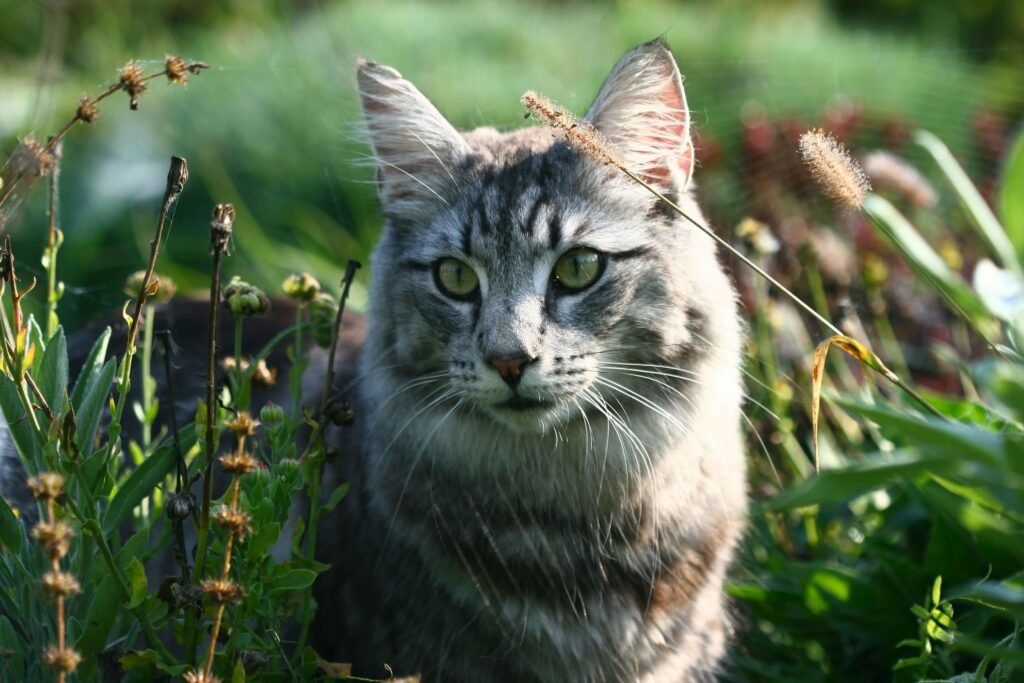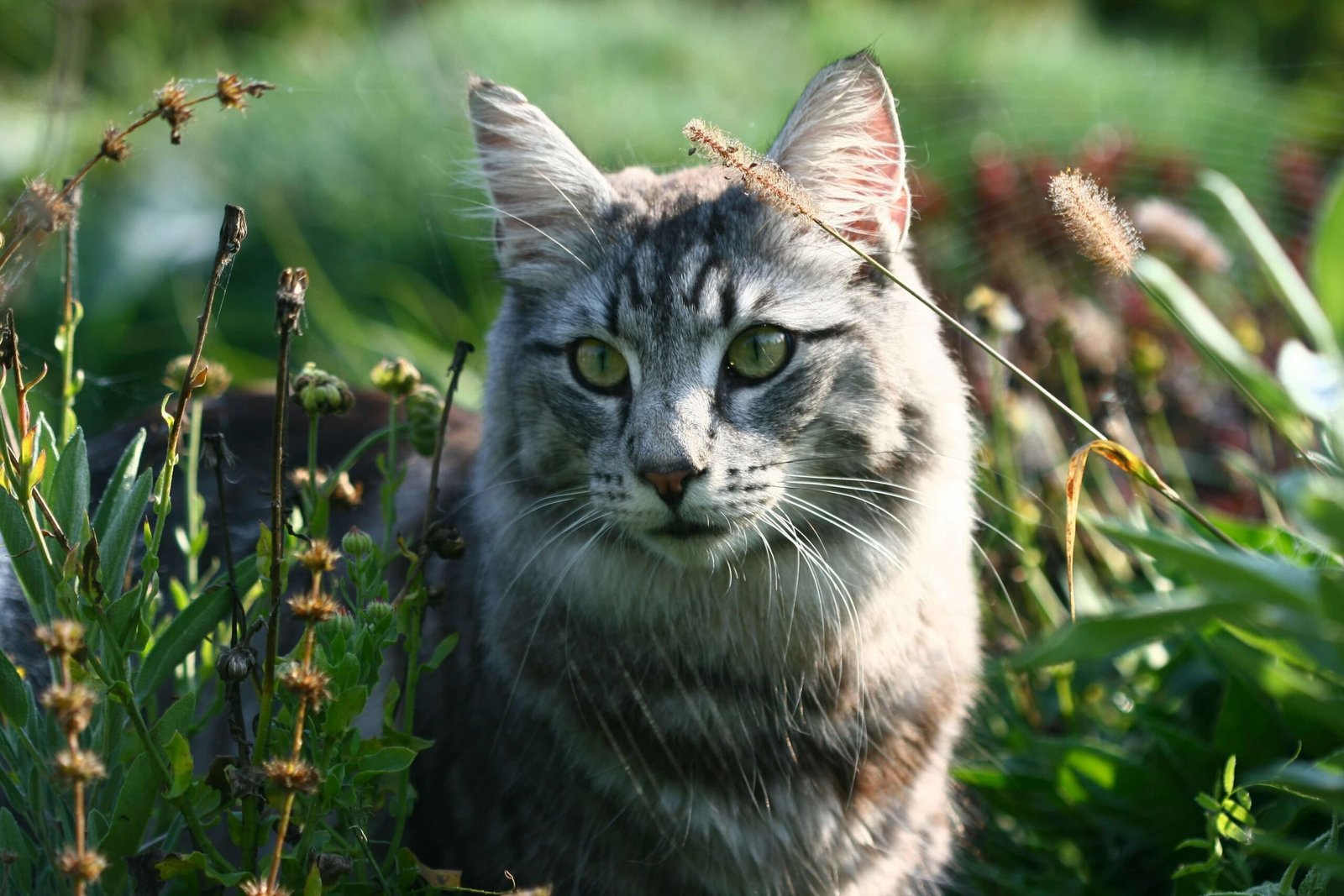Delicious and Nutritious: Homemade Cat Food Recipes for Your Feline Friend
Cats are not just pets; they’re beloved members of our families. As responsible cat owners, we want to ensure they receive the best nutrition possible to support their health and happiness. While commercial cat food is convenient, preparing homemade meals can be a rewarding way to provide your feline friend with fresh, wholesome ingredients tailored to their needs. In this blog post, we’ll explore easy-to-make cat food recipes, essential nutrients to include, and tips for safe preparation. Whether you’re a seasoned pet chef or a beginner in the kitchen, these ideas will inspire you to create delicious meals that your cat will love.
Essential Ingredients for Homemade Cat Food
Before diving into recipes, it’s important to understand the key ingredients that should form the foundation of any homemade cat food. Cats are obligate carnivores, meaning their diet must be rich in animal protein. Here’s a list of essential components to include:
High-Quality Protein Sources
Chicken, turkey, beef, and fish are excellent options. These provide the amino acids cats need to thrive.Organ Meats
Liver, kidneys, and hearts are nutrient-dense and packed with vitamins like A, D, and B12.Healthy Fats
Include small amounts of fish oil or olive oil to support skin health and a shiny coat.Limited Carbohydrates
Cats don’t require many carbs. If included, opt for cooked pumpkin or sweet potato in small amounts.Calcium Supplement
Ground eggshells or a calcium powder ensures your cat gets enough calcium for strong bones.
Remember, balance is key when preparing homemade cat food. Always consult your veterinarian before making significant changes to your cat’s diet.
Simple and Nutritious Cat Food Recipes
Now that you know the essential ingredients, let’s dive into some easy-to-follow recipes. These dishes are designed to be nutritious, tasty, and simple to prepare. Here are a few ideas to get you started:
Chicken and Pumpkin Delight
Cooked shredded chicken mixed with pureed pumpkin. This recipe is great for digestion and hydration.Turkey and Sweet Potato Medley
Ground turkey cooked with mashed sweet potato. It’s a flavorful option that cats adore.Salmon and Spinach Mix
Baked salmon blended with lightly steamed spinach. Rich in omega-3 fatty acids, this dish supports joint health.Beef and Carrot Blend
Lean ground beef combined with finely chopped cooked carrots. Perfect for picky eaters.Tuna and Zucchini Treat
Flaked tuna mixed with grated zucchini. A light yet satisfying meal for your furry companion.
These recipes are not only easy to make but also customizable based on your cat’s preferences and dietary needs.
Check this guide 👉Top 4 Best Canned Cat Food Products Your Feline Will Love!
Check this guide 👉Turkey Cat Food: Top 4 Best Picks for a Healthy, Happy Cat!
Check this guide 👉Top 4 Best Sensitive Cat Foods for Ultimate Relief!

Key Nutrients for Cats | Best Food Sources |
|---|---|
Protein | Chicken, turkey, fish, beef |
Taurine | Heart meat, shellfish, eggs |
Omega-3 Fatty Acids | Salmon, mackerel, flaxseed oil |
Vitamins A and D | Liver, eggs, cod liver oil |
Calcium | Ground eggshells, bone meal |
Tips for Preparing Homemade Cat Food
Making homemade cat food requires care and attention to detail. To ensure your recipes are safe and nutritious, follow these tips:
Use Fresh Ingredients
Always choose high-quality, fresh ingredients to avoid contamination or spoilage.Avoid Toxic Foods
Never include onions, garlic, chocolate, or grapes, as these are toxic to cats.Cook Thoroughly
Raw meat can contain harmful bacteria. Cook all meats thoroughly before serving.Balance the Diet
Ensure each meal contains the right mix of protein, fats, and minimal carbs.Portion Control
Serve appropriate portion sizes based on your cat’s age, weight, and activity level.
By following these guidelines, you can create meals that are both safe and satisfying for your cat.
Common Mistakes to Avoid When Making Cat Food
While homemade cat food can be incredibly beneficial, there are pitfalls to watch out for. Avoid these common mistakes to keep your cat healthy and happy:
Skipping Supplements
Homemade meals often lack essential nutrients like taurine and calcium. Always add supplements as needed.Overfeeding Treats
Too many treats can lead to obesity and nutritional imbalances. Stick to a balanced diet.Using Unapproved Ingredients
Some human foods are dangerous for cats. Double-check ingredients before including them.Neglecting Hydration
Cats often don’t drink enough water. Add moisture-rich foods like cooked fish or pumpkin to their diet.Changing Diets Too Quickly
Sudden dietary changes can upset your cat’s stomach. Transition gradually over 7-10 days.
Avoiding these mistakes will help you provide a diet that supports your cat’s overall well-being.
Benefits of Homemade Cat Food
Switching to homemade cat food comes with numerous benefits that go beyond just nutrition. Here’s why making your own cat food can be a game-changer:
Improved Digestion
Homemade meals often contain fewer additives and fillers, which can reduce digestive issues like vomiting or diarrhea.Better Coat Health
Fresh ingredients rich in omega-3 fatty acids can lead to shinier, softer fur.Customizable Portions
You can adjust recipes to suit your cat’s specific dietary needs, such as low-fat or high-protein options.Reduced Risk of Allergies
By controlling the ingredients, you can eliminate common allergens like grains or artificial preservatives.Strengthened Bond with Your Cat
Preparing meals shows your love and care, strengthening the bond between you and your pet.
Switching to homemade cat food not only benefits your feline’s health but also deepens the connection you share with them.
Foods to Avoid in Cat Recipes
While homemade cat food offers many advantages, it’s crucial to avoid certain foods that can harm your cat. Here’s a list of ingredients to steer clear of:
Onions and Garlic
These can damage your cat’s red blood cells and lead to anemia.Dairy Products
Most cats are lactose intolerant, so milk or cheese can upset their stomachs.Chocolate and Caffeine
These contain toxic compounds that can cause seizures or heart problems.Raw Yeast Dough
Yeast can expand in your cat’s stomach, causing bloating and pain.Alcohol and Sugary Treats
Even small amounts can lead to liver failure or obesity.
Avoiding these harmful foods ensures your homemade recipes remain safe and nutritious for your furry friend.
Signs Your Cat Loves Their New Food
When you start feeding your cat homemade meals, you may notice subtle changes in their behavior that indicate they’re enjoying their new diet. Look for these signs:
Increased Excitement at Mealtime
Your cat may meow or pace eagerly when you prepare their food.Cleaner Food Bowl
A licked-clean bowl is a clear sign your cat finds the meal delicious.Improved Energy Levels
A balanced diet can result in more playful and active behavior.Shinier Coat and Healthier Skin
Proper nutrition often reflects in your cat’s appearance, with a glossy coat and reduced shedding.Consistent Weight Maintenance
Healthy homemade meals can help your cat maintain an ideal weight without fluctuations.
These positive changes are a testament to the benefits of providing your cat with fresh, homemade meals tailored to their
Frequently Asked Questions About Homemade Cat Food
Can I feed my cat only homemade food?
Yes, but ensure the diet is nutritionally balanced. Consult your vet for guidance.
How often should I feed my cat homemade food?
Most adult cats do well with two meals a day, spaced evenly apart.
Is raw food safe for cats?
Raw diets can be risky due to bacteria. Cooked food is safer and still nutritious.
What if my cat refuses homemade food?
Try different recipes or mix homemade food with their regular kibble to encourage acceptance.
How long can I store homemade cat food?
Refrigerate for up to 3 days or freeze portions for longer storage. Always reheat before serving.
Final Thoughts: Nourishing Your Cat with Love and Care
Preparing homemade cat food is a wonderful way to show your feline friend how much you care. By understanding their nutritional needs, experimenting with recipes, and avoiding common mistakes, you can provide meals that are both delicious and healthy. Remember, every cat is unique, so tailor your approach to suit their preferences and requirements. With patience and dedication, you’ll create meals that keep your furry companion happy, healthy, and purring with delight.
Can a Cat Die from a Cold? Best 7 Expert Tips! Learn how to identify, treat, and prevent feline colds while understanding when to seek veterinary care for your cat’s health.
Cat Screaming for Food: Best 7 Expert Tips! Discover effective strategies to manage your cat's food-related vocalizations and create a peaceful feeding routine.
Aspiration Pneumonia in Cats: Best 7 Expert Tips! Discover causes, symptoms, and treatment advice to protect your cat’s respiratory health and ensure a speedy recovery.
Hip Dysplasia in Cats: Best 7 Expert Tips! Discover expert advice on managing hip dysplasia in cats, from symptoms and prevention to treatment options for a happier, healthier feline life.





